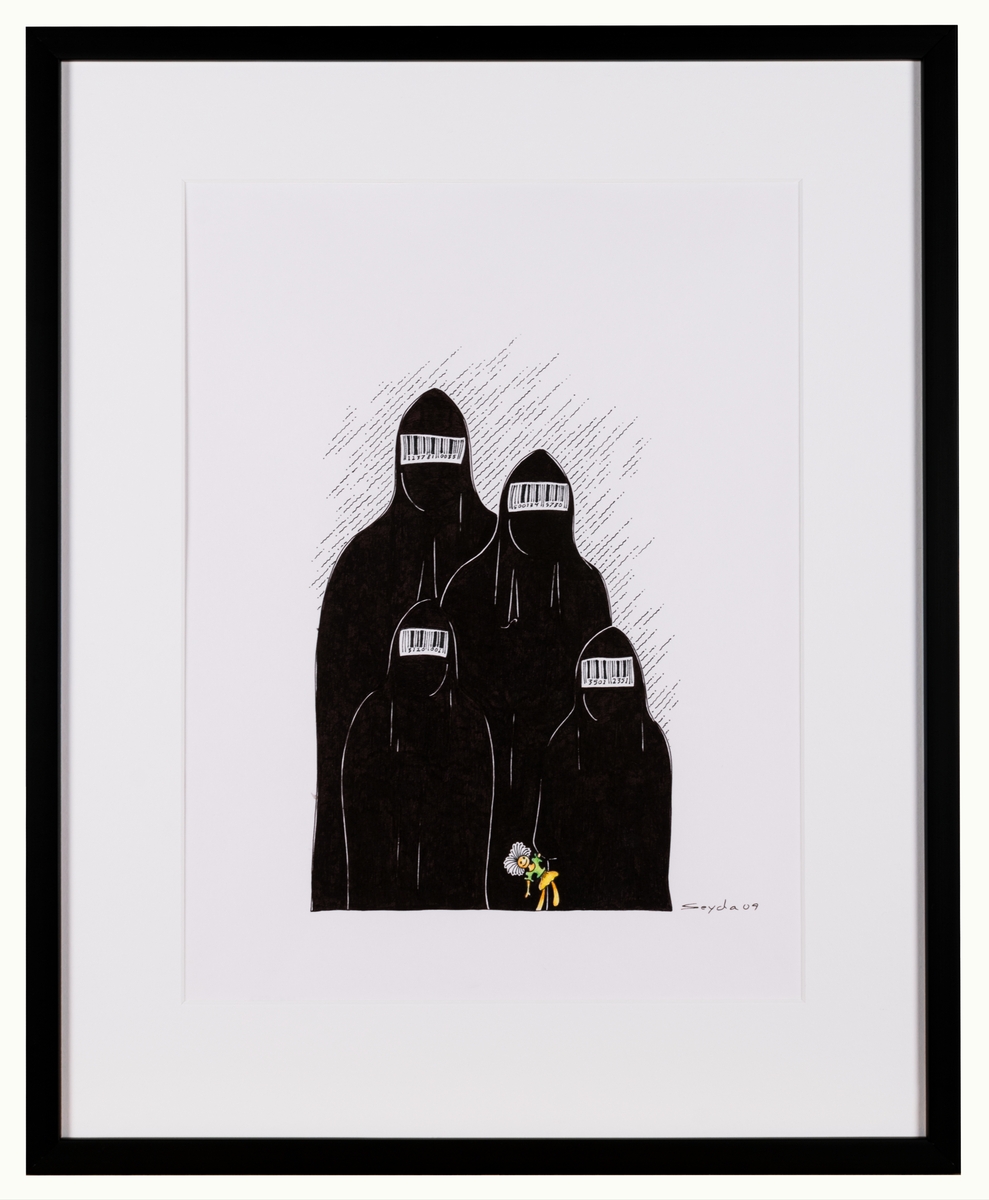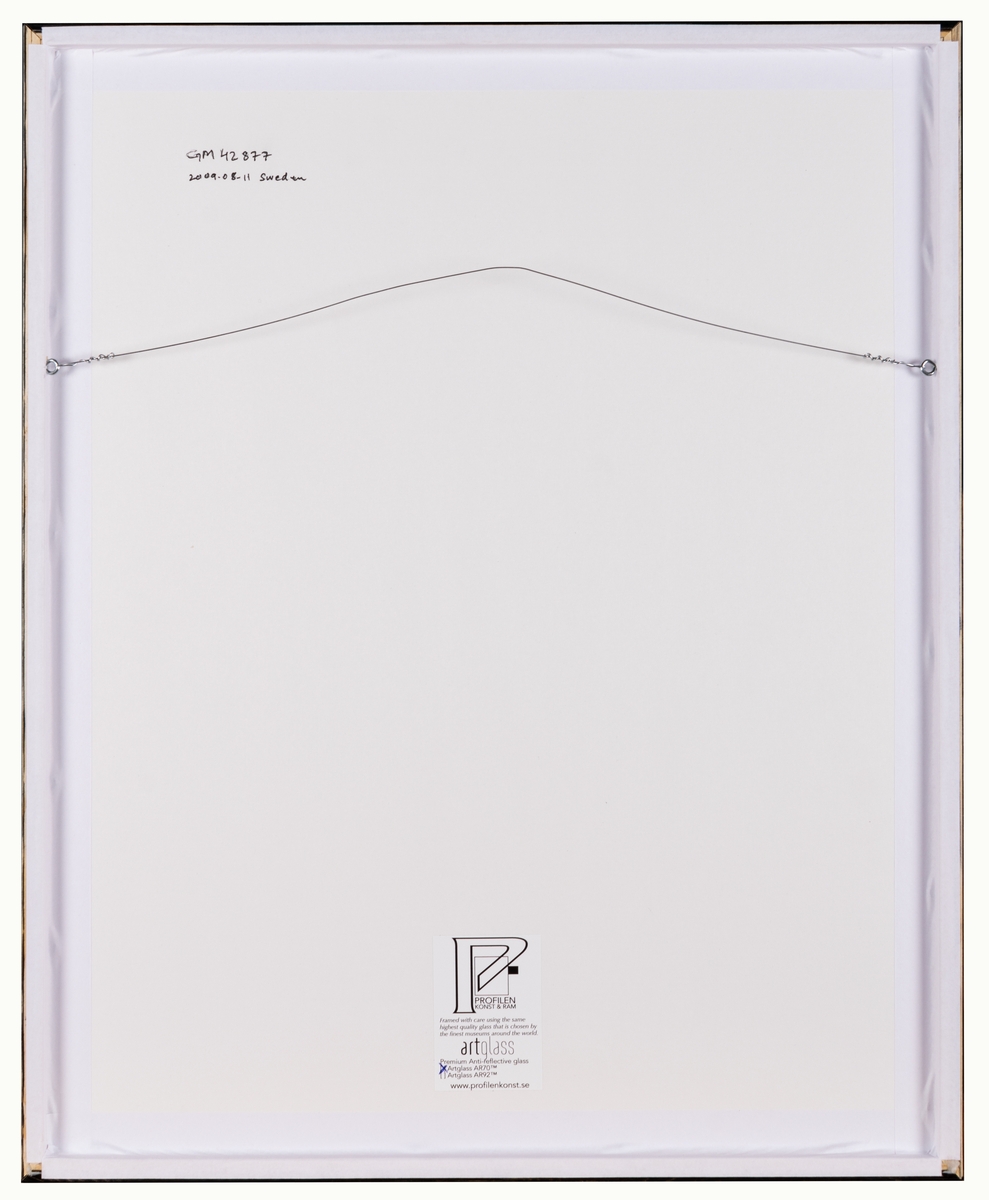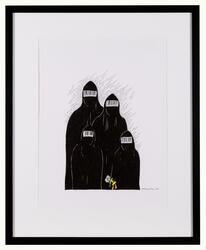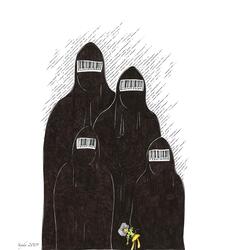History
-
Förvärv - Inköp av museet: 2022
- Säljare till museetSeyda, (1976)
- Födelseort,Syrien (SY) Amouda
- Levnadsort,Sverige (SE) Gästrikland Gävleborg Gävle Gävle stad
- ProfessionKonstnär, formgivare
- Alternative namesSida, Mohammad (Födelsenamn)
- GenderMan
- NationalitySvensk
- DigitaltMuseumSearch in «Seyda,»
Produktion: 2009
- KonstnärSeyda, (1976)
- Födelseort,Syrien (SY) Amouda
- Levnadsort,Sverige (SE) Gästrikland Gävleborg Gävle Gävle stad
- ProfessionKonstnär, formgivare
- Alternative namesSida, Mohammad (Födelsenamn)
- GenderMan
- NationalitySvensk
- DigitaltMuseumSearch in «Seyda,»
Classification
-
- Bildkonst (Outline)OU 532
License information
-
License
Copyright
- Artist Seyda,
Konstverken i denna databas är skyddade av upphovsrätt och får inte återges utan rättighetshavarnas tillstånd. Konstverken återges med licens av Bildupphovsrätt, BUS.
Metadata
- IdentifierXLM.42877
- Part of collectionKonstsamling
- Owner of collectionLänsmuseet Gävleborg
- InstitutionLänsmuseet Gävleborg
- Date publishedAugust 31, 2022
- Date updatedDecember 11, 2023
- DIMU-CODE0210411769805
- UUID0e39285a-9ba0-4a8c-b182-c630368ded32
- Tags



![Västkust Halland [Collage]](https://dms-cf-04.dimu.org/image/019EE8DjYR2Cd?dimension=250x250)
![Självporträtt [Målning]](https://dms-cf-10.dimu.org/image/019EE8ixKbLm3?dimension=250x250)
![Anna själv tredje med ande och gubbe [Målning]](https://dms-cf-03.dimu.org/image/019EE7jRBxeKv?dimension=250x250)
![Blåmusslor och ostron [Målning]](https://dms-cf-03.dimu.org/image/019EE7j5ap7kx?dimension=250x250)
![Princessan Anna af England [Målning]](https://dms-cf-02.dimu.org/image/019EE9Dqa9Umb?dimension=250x250)



Add a comment or suggest edits
To publish a public comment on the object, select «Leave a comment». To send an inquiry directly to the museum, select «Send an inquiry».